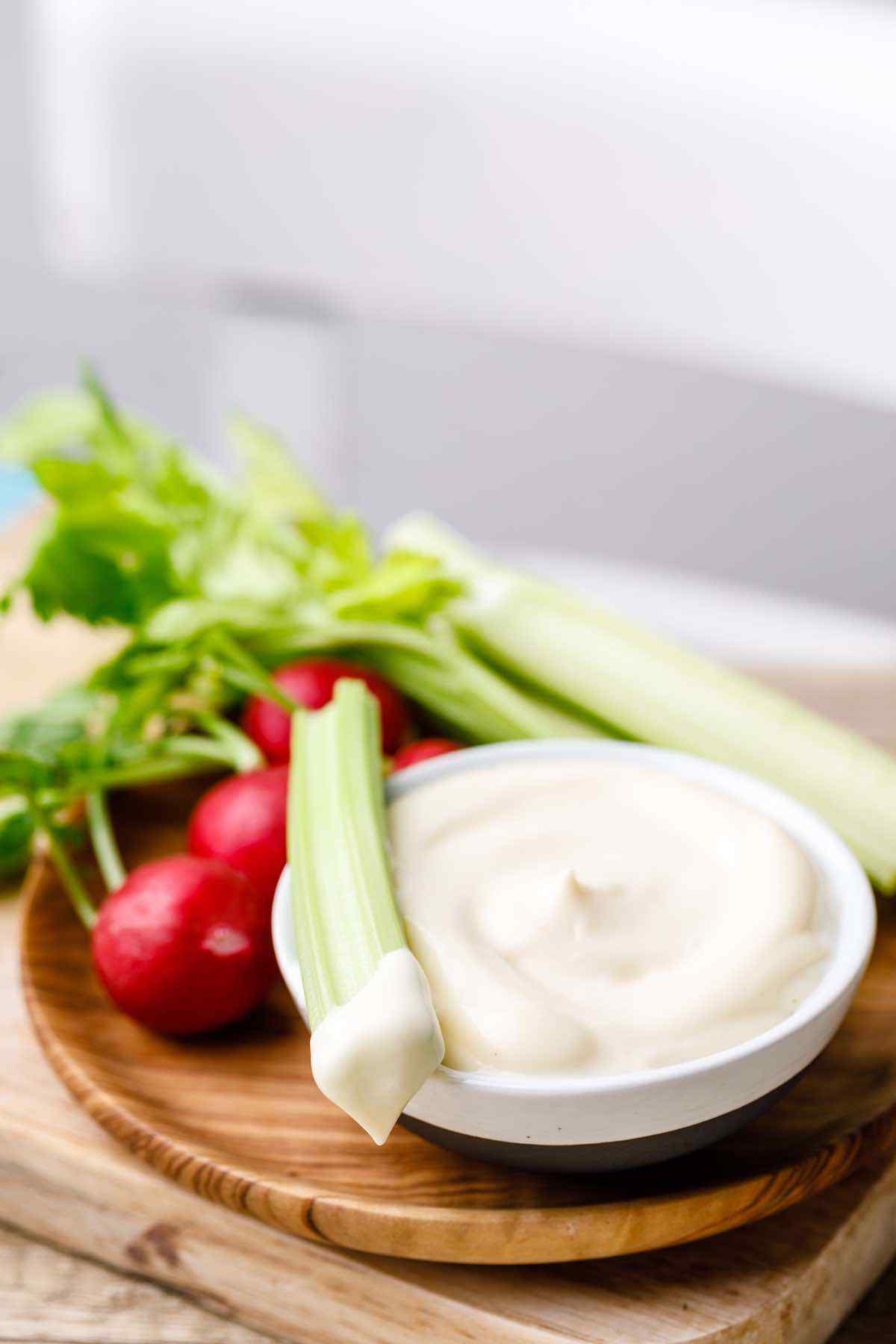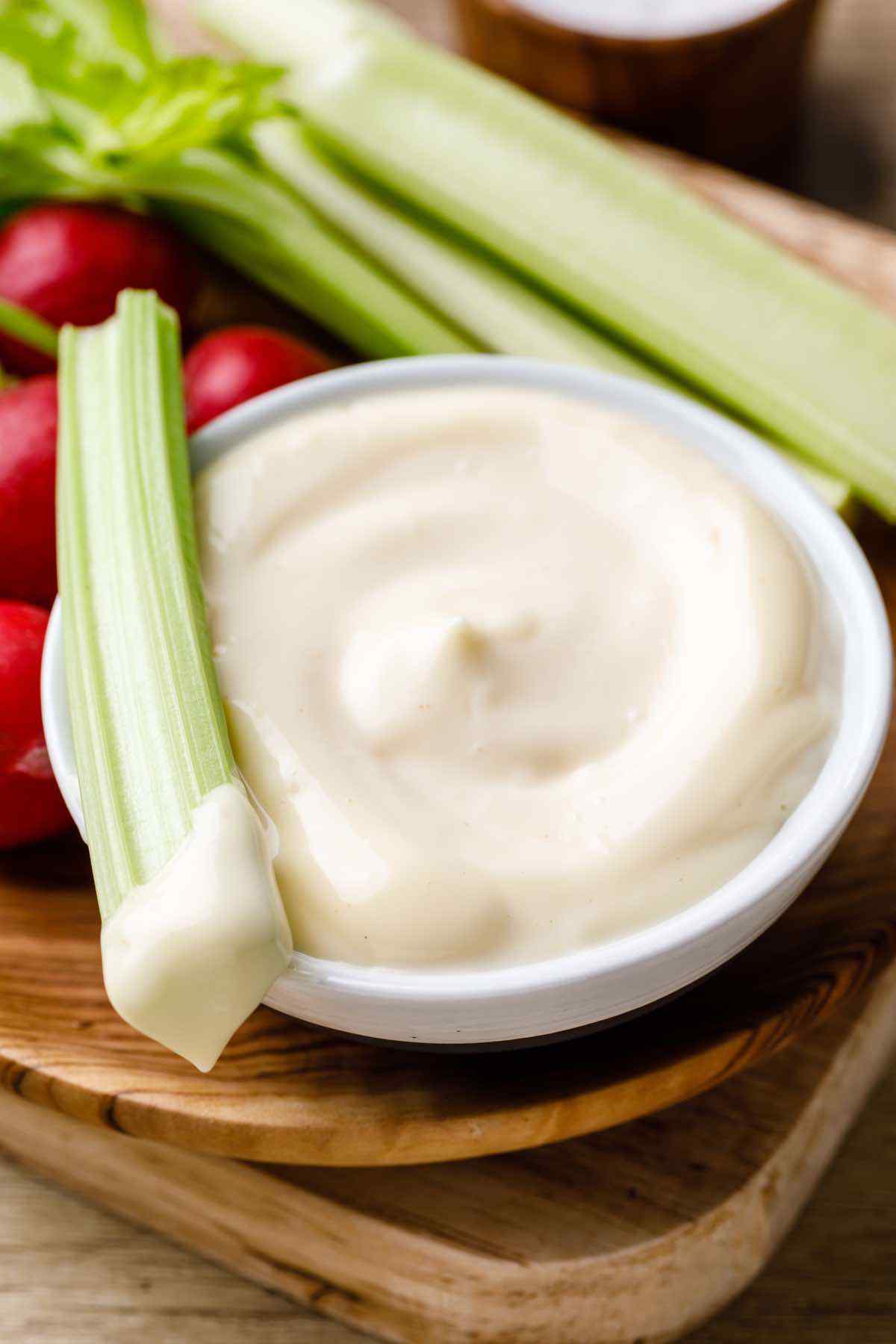If you’re looking for a healthy mayo that uses fresh avocado instead of avocado oil, try this easy avocado mayo recipe.


What We Love About Avocado Oil Mayo
It comes together in minutes: This homemade mayo is super easy to make and takes only minutes. Make sure you follow the steps exactly for the best results.
The texture is divine: You’ll end up with mouthwatering, super creamy, and delicious homemade mayo. Just spread it on your sandwich or add a blob on your plate for dipping. You’ll never want store-bought mayo again.
It’s healthy: Most mayos are made with unhealthy oils. Avocado mayo, on the other hand, contains healthy fats that can support heart health. This means you can enjoy your homemade avocado mayo all you like.




How to Make Avocado Oil Mayo
Add the ingredients: Add the egg, mustard, apple cider vinegar, and avocado oil in a jar that fits your immersion blender’s head. Allow the mixture to settle for 15 seconds.
Blend it: Place the head of the immersion blender at the bottom of the cup and turn it on high. Keep it there until a white, creamy, thick mayo forms. Slowly tilt and lift the immersion blender to mix the oil on top. Keep blending until all the oil is emulsified.




Store: Season the mayo with salt to taste and scoop into an airtight container. You can store your mayo in the refrigerator for up to 10 days.
Freezing and Storing Instructions:
To Freeze: Frozen avocado oil mayo is not a common practice. I don’t recommend it since it’s usually clumpy when thawed, but if you decide to do it, you can keep it frozen for up to three months. Make sure to portion it out in small amounts so you only thaw what you need.
To Store: Make sure to refrigerate your avocado oil mayo as soon as it’s ready. Keep it in an airtight container and store the jar upside down to create a vacuum seal that will keep it fresh for longer. Use clean utensils every time you scoop mayo out of the jar to avoid contamination and minimize air exposure by making sure the lid is screwed on tightly after you’re done.




This story originally appeared on Paleogrubs

